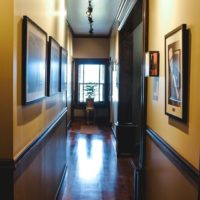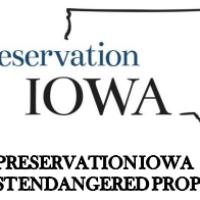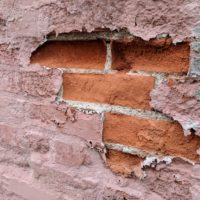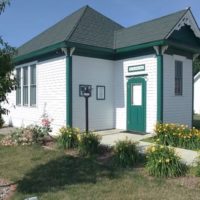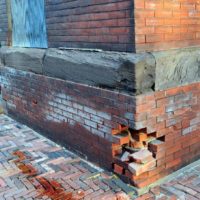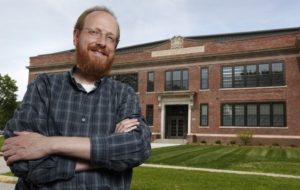
Teaching historic preservation at Iowa State University
By Ted Grevstad-Nordbrock
Preservation Iowa Board Member & Assistant Professor of Community and Regional Planning at the College of Design, Iowa State University
Historic preservation education has a long history at Iowa State University, perhaps longer than many people realize. Preservation classes have been offered here intermittently for three decades. Most of these were taught by architecture faculty and focused on materials and technologies, and introduced students to the rehabilitation and adaptive reuse of historic buildings with the Secretary of the Interior’sStandards in mind. Professor Arvid Osterberg’s class “Preservation, Restoration, and Rehabilitation” is emblematic of this. First taught in the mid-1980s, he continues to teach this popular class today. Many other preservation classes in various departments are now in the course catalog and more will come.
Through the unflagging efforts of several additional ISU faculty over the past few years—professors Diane Alshihabi of Interior Design, Mikesch Muecke of Architecture, and Heidi Hohmann of Landscape Architecture—we are now poised to launch Iowa’s first historic preservation degree program. We anticipate that a certificate in historic preservation will be “on the books” by Fall semester of 2017 and, assuming the support among students is there, a master’s degree is on the not-so-distant horizon. These efforts have been supported and championed by the Iowa Economic Development Authority and specifically Main Street Design Specialist Tim Reinders. Below is a bit more about the program that we envision.
In its seminal 1984 report on historic preservation in higher education, the National Council for Preservation Education identified two fundamental types of programs in the United States. Programs focusing on a single academic discipline were described as producing graduates who are “preservation specialists”: architects with an understanding of historic rehabilitation, preservation planners, vernacular architectural historians, and so on. Conversely, other programs were more holistic in their approach and drew from multiple, interrelated disciplines. These programs produced “preservation generalists.” At ISU we will aim to produce graduates who are a healthy mix of both: specialists in their respective majors who can nevertheless speak across disciplines to general issues in the field of preservation. This approach reflects the competitive advantage of a program housed in a College of Design, with many of the majors germane to historic preservation under one roof. Partnerships with other departments at ISU (History, for example) and elsewhere will only broaden our student and faculty base and strengthen the program.
Historic preservation is an inherently and inescapably multidisciplinary field and the proposed certificate program at ISU recognizes this as a central organizing tenet. A multidisciplinary pedagogical approach will allow us to train the greatest number of students while providing a suitably deep, yet broad, foundation in the field. This approach also acknowledges the evolving nature of the discipline and the growing recognition that preservation is not simply about tangible objects like buildings, historic districts, and archaeological sites. Rather, our conceptualization of preservation at ISU is in keeping with current, cutting-edge thinking in the field and is appropriately diverse, recognizing cultural landscapes and environments, historic interiors, and intangible heritage, as well as the host of new technologies that can be brought to bear on the study of historic places.
The curriculum will emphasize applied work as well as theory and capitalize on the expertise of Iowa’s public, private, and non-profit sectors. We also recognize that the discipline of historic preservation involves more than the end-products: the historic resources themselves. The production and consumption of these resources involves a variety of interrelated processes shaped by administrative, economic, legal, political, social, geographic, and touristic considerations. Preservation education at ISU is thus framed as both an object-oriented and process-oriented endeavor.
Finally, we will encourage study off-campus, away from Ames—at project sites around the state, in the region, and across the country, as well as research and study programs abroad. We also plan to use the College’s Design West facility in Sioux City as a sort of base camp for projects and distance learning in that region. Eventually, we hope to establish a summer institute for historic preservation in Sioux City, also based at Design West. We envision this as a vehicle for bringing together traditional, enrolled students and members of the public to learn about historic preservation and to develop technical preservation skills.

